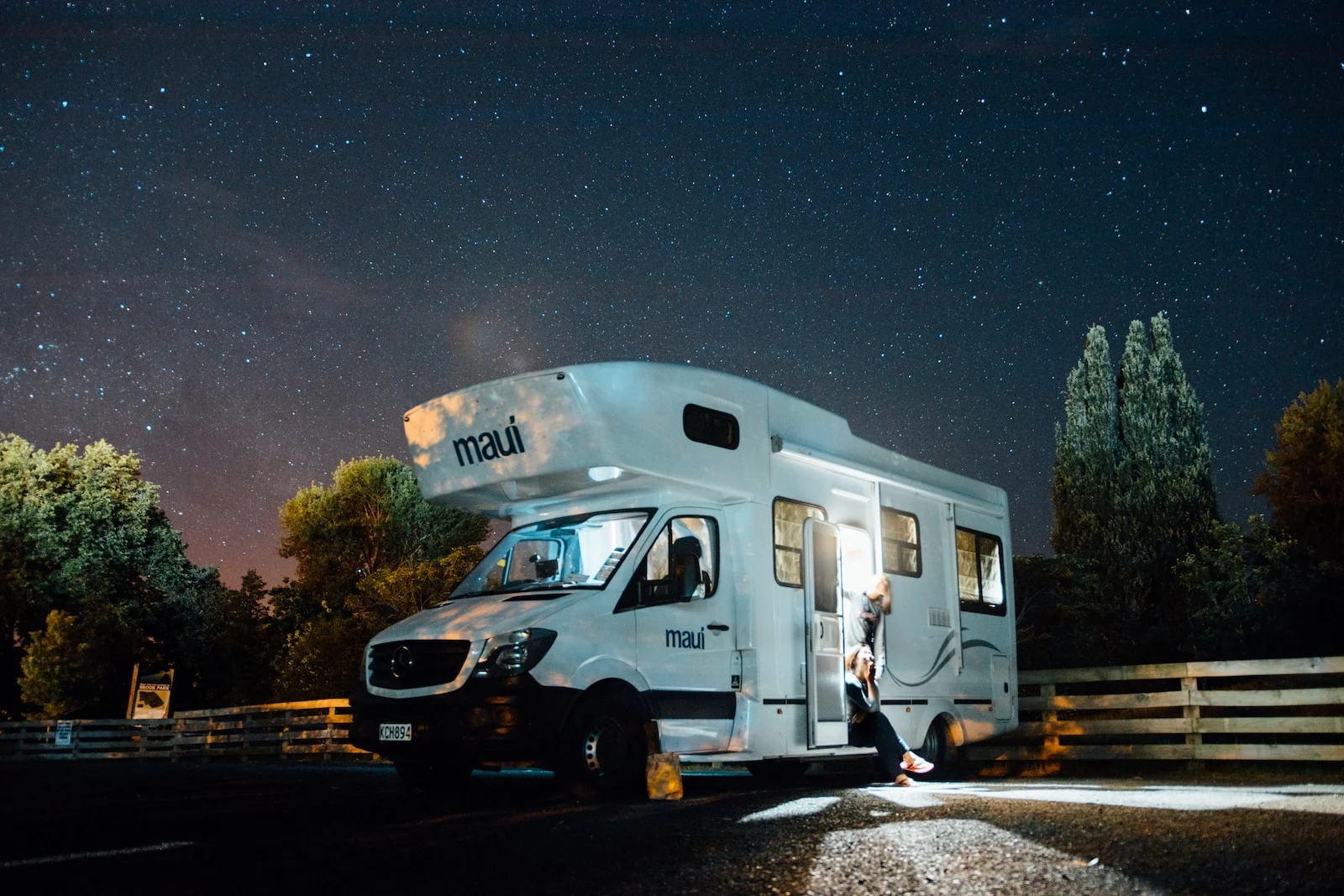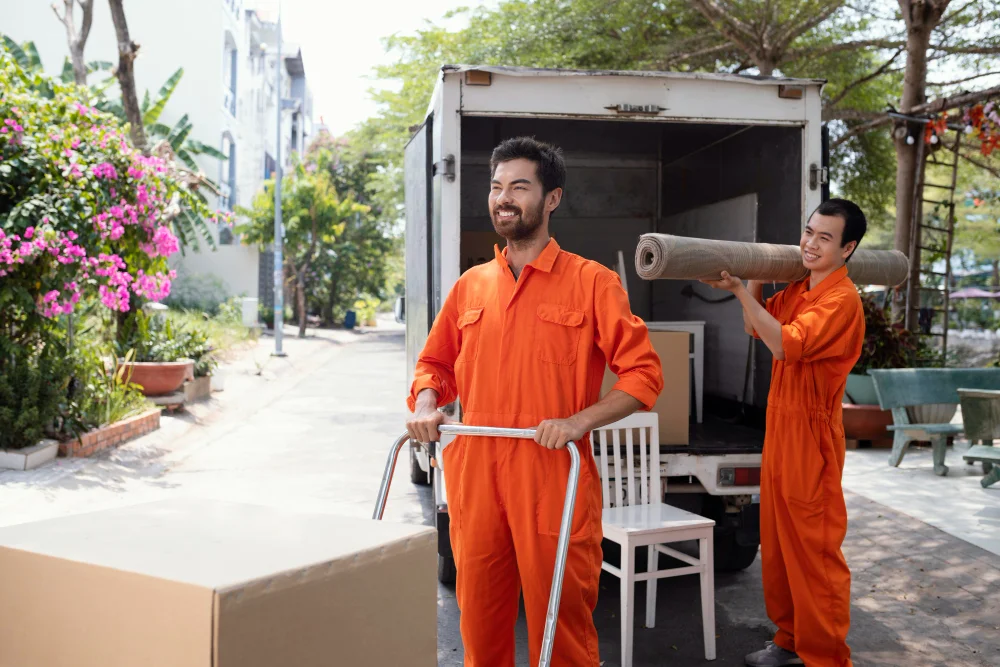For many adventure enthusiasts and travelers, the allure of the open road beckons with promises of unforgettable experiences and new horizons. If you’re considering embarking on your journey in the comfort of a recreational vehicle (RV), buying a used RV can be a smart and cost-effective option. However, purchasing a used RV requires careful consideration and attention to detail to ensure you’re making a wise investment. In this article, we’ll explore the key factors to keep in mind when buy used RV.
1. Set Your Budget: Before you even start browsing through listings and attending RV shows, it’s crucial to establish a clear budget. Used RVs come in a wide range of prices, depending on factors like age, brand, size, and features. Having a defined budget will help you narrow down your options and prevent you from overspending.
2. Determine Your Needs: Different types of RVs cater to various needs. Are you a solo traveler looking for a compact camper van, a couple in search of a cozy travel trailer, or a family needing a spacious motorhome? Consider how many people will be traveling with you, the amenities you require, and the type of terrain you’ll be traversing. This will guide your choice of RV model.
3. Research Thoroughly: Once you’ve established your budget and identified your needs, start researching different RV models. The internet is a valuable resource for reading reviews, watching video tours, and joining online RV communities where experienced owners share insights. Look for models that are known for their reliability, fuel efficiency, and longevity.
4. Inspect the Exterior: When you find a used RV that catches your eye, conducting a thorough inspection is essential. Check for any signs of water damage, rust, or dents on the exterior. Inspect the roof for leaks or damage, as water infiltration can cause significant issues over time. Look closely at the tires, and make sure they are in good condition.
5. Examine the Interior: Step inside the RV and inspect the interior meticulously. Check for signs of wear and tear, such as worn-out upholstery, frayed carpets, or damaged appliances. Look for any unusual odors, which could indicate mold or other issues. Test all appliances, faucets, and electrical outlets to ensure they are in working order.
6. Check the Mechanical Components: The mechanical components of a used RV play a crucial role in its performance. If you’re not well-versed in RV mechanics, consider hiring a professional inspector to examine the engine, transmission, brakes, and other mechanical systems. This step can save you from unexpected and costly repairs down the road.
7. Ask About Maintenance Records: Requesting the RV’s maintenance records can provide valuable insights into its history and how well it has been cared for. Regular maintenance is indicative of a responsible owner who prioritizes the longevity of their vehicle. Missing or incomplete maintenance records could be a red flag.
8. Test Drive: Before finalizing your decision, take the RV for a test drive. Pay attention to how it handles on the road, how the engine performs, and if there are any unusual noises. Driving the RV will give you a feel for its overall condition and whether it’s a comfortable fit for you.
9. Negotiate the Price: If you’re satisfied with the RV’s condition after the inspection and test drive, it’s time to discuss the price with the seller. Use your research on similar models and their market value to negotiate a fair price. Be prepared to walk away if the seller isn’t willing to meet your budget.
10. Consider Warranty Options: While used RVs may not come with the same warranties as new ones, some dealerships and private sellers offer extended warranty options. These warranties can provide peace of mind and financial protection in case of unexpected repairs.
Conclusion
Buying a used RV can be a fantastic way to explore the world while enjoying the comforts of home on the road. However, it’s crucial to approach the process with careful consideration and attention to detail. Setting a budget, determining your needs, researching thoroughly, inspecting both the exterior and interior, checking mechanical components, asking about maintenance records, test driving, negotiating the price, and considering warranty options are all essential steps in ensuring a successful purchase. By following these guidelines, you’ll be well-equipped to make an informed decision and embark on your adventures with confidence.


















